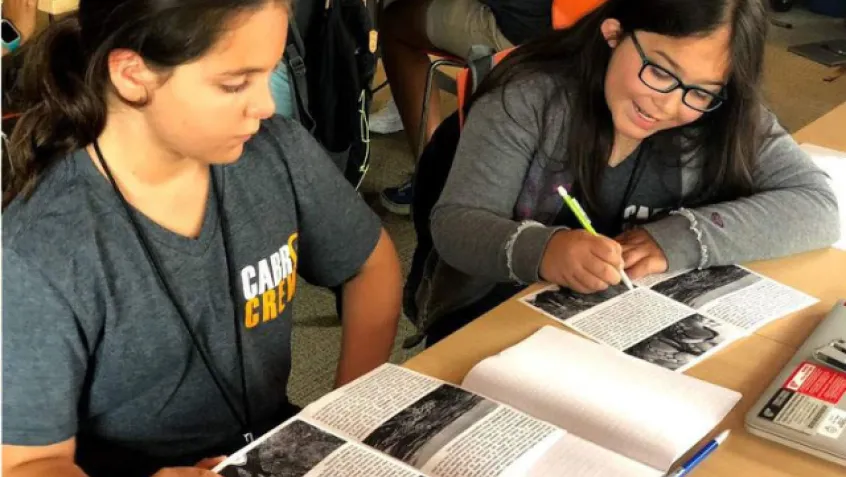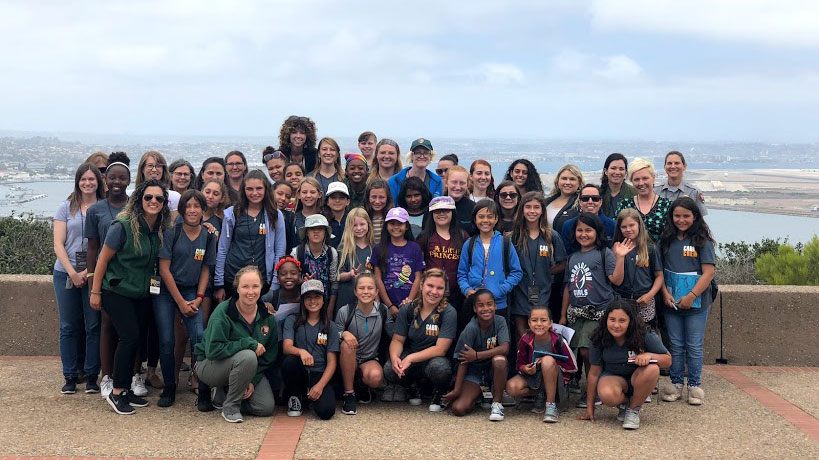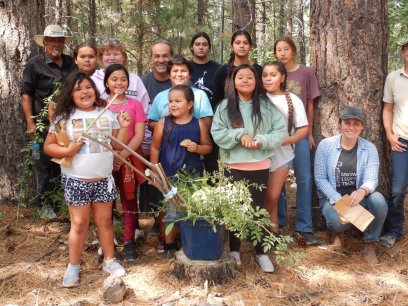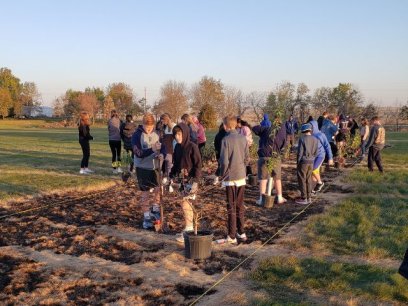
With 95% of US teens having access to a smartphone, and 45% saying they are online 'almost constantly'*, including technology in a project to engage youth is crucial to its success. Joining technology, ecology, and nature, the EcoLogik project connects the next generation of stewards to the natural resources and science of Cabrillo National Monument in San Diego, California.
“Rather than telling kids to get off of their phones or computers, we show them how you can use them to connect to nature,” said Samantha Wynns, science educator and community outreach coordinator for the Cabrillo National Monument Foundation (CNMF).
Getting Young Women Interested
The EcoLogik project also focuses on boosting young women's interest in science. Through its two-week, immersive summer camp, EcoLogik brings together young women, ages 10 to 16, from underrepresented communities throughout San Diego to learn about using technology in scientific learning around Cabrillo National Monument. The students collect data, use 3D printers and program computers, among other activities.
Launched in 2017, and funded in part this year by NEEF's Greening Stem Grant, the project works in partnership with the National Park Service and the San Diego Public Library.
This year, 62 girls participated in the EcoLogik summer camp and participated in hands-on learning activities at the Cabrillo National Monument daily. “Everything is based on actual science that is being done at the park,” said Wynns. One of the activities demonstrated radio telemetry, which is monitoring the radio signals sent from an animal-attached device to track the animal's movements. “Herpetologists from San Diego State University are tracking our rattlesnake population in Cabrillo,” said Wynns. “For safety reasons, we simulated the project by taking stuffed rattlesnakes and putting a collar on them and hiding them around the park. It's basically a high tech scavenger hunt â just like what we do in the field!” After the exercise, the group discussed the scientific method and the significance of the tasks.
Other activities had the students coding their own biomimetic loggers, creating temperature sensors and going through the full experimental design to measure how different abalone are affected by rising temperatures in the tidepools in the park. Students also used 3D printers at the San Diego Public Library to print out realistic specimens of organisms from tidepools at the park.
Including Families in the Project
In addition to science experiments, EcoLogik held a “Park after Dark” event where students and their families were given a tour through the park at night. Nearly 80% of the students had never been to a national park prior to the camp, so guides explained the historical and cultural significance of important landmarks in addition to the discussing the park's biodiversity.

At the end of the two weeks, the girls participated in a “Women in Science” fair, where female scientists from around the region set up tables with activities the students could visit and ask questions. Wynns, a conservation biologist, served as a mentor at that event and noted many of the students were moved by the discussions at the fair and experiments in the park. “I heard several of them say âI want to be a scientist when I grow up,' many were crying when leaving us at the end of two weeks,” she said.
“I felt very honored to be a part of this program. The whole reason I became a conservation biologist was to make a difference, and I really felt like EcoLogik made an impact on these girls.”
* https://www.pewinternet.org/2018/05/31/teens-social-media-technology-2018/

